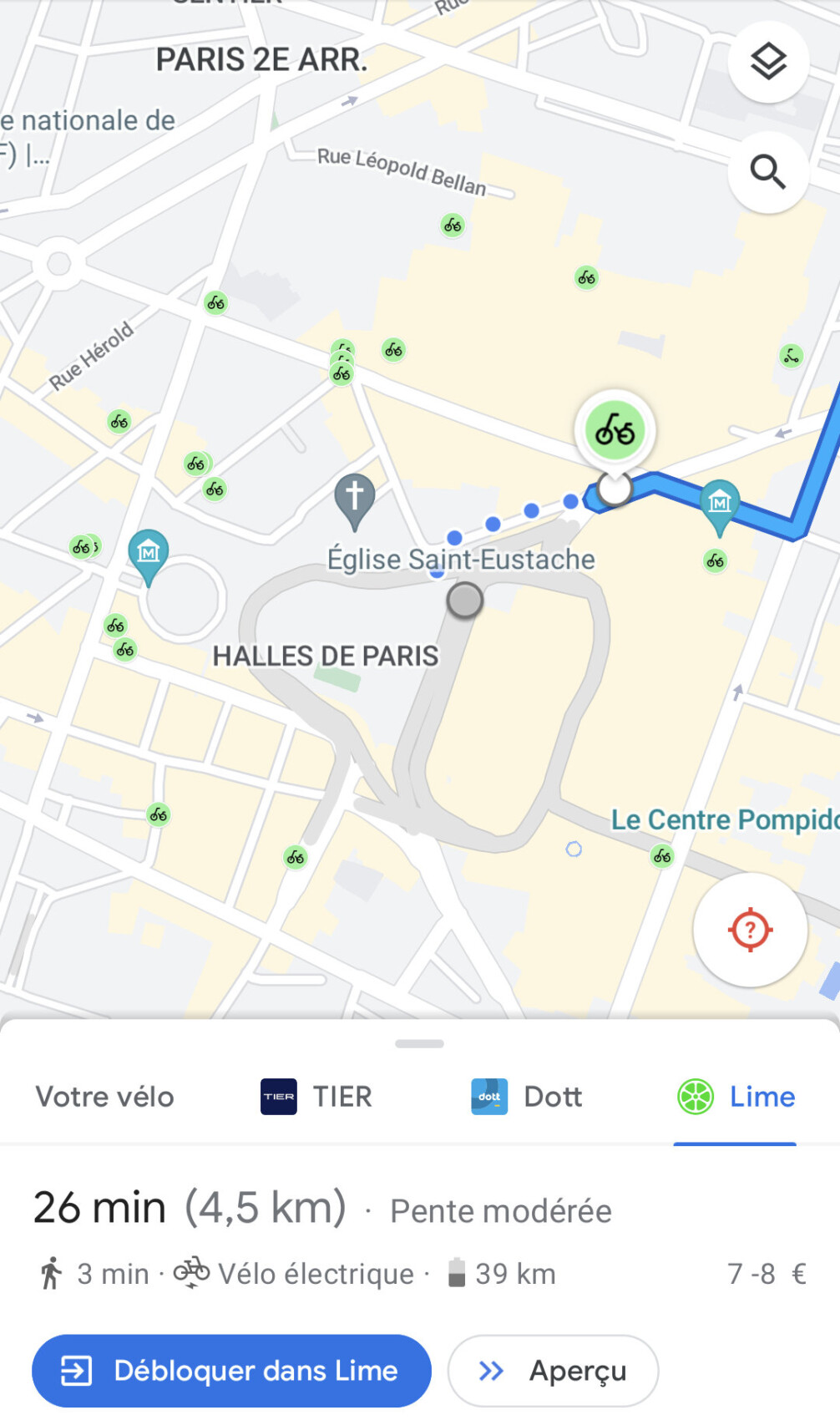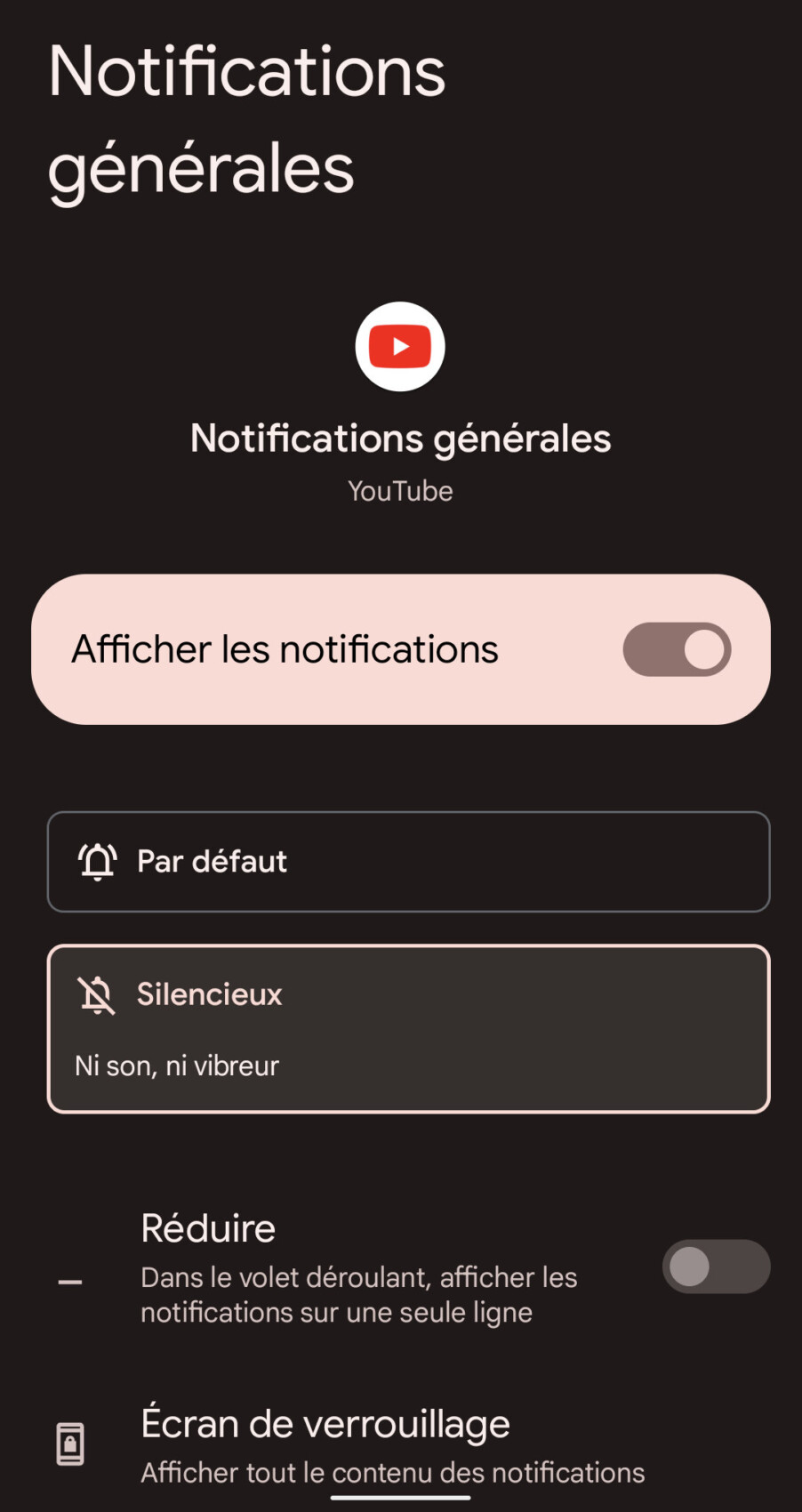How to link your eco-responsible convictions with the use of your smartphone? For Google, this involves constant improvements to its tools installed on its Android smartphones. From Google Maps to battery charging, here’s how the Mountain View company has adapted to the demand of users looking for less energy-consuming alternatives.
We (logically) expect our smartphone to be as efficient as possible: as fast as possible, as autonomous as possible, as intelligent as possible, but also, and this is paradoxical, to be more ecological.
In 2022, how can we ignore the context of global warming? This challenge, Google tries to meet it daily by modifying and adapting the OS of smartphones, Android, so that it meets the demand of users to consume better, move better, in short, pay more attention to the environment. .
A smartphone that adapts to new means of transport
Google has seen it: searches for eco-responsible means of transport have surged lately. A request from users that has an impact on company services, even at the heart of your smartphone.
The Google Maps application, integrated on all Android smartphones, offers navigation tools that meet the ever-growing needs of cyclists and scooter riders. It is first possible to find out from your Android smartphone where the nearest self-service bicycles or scooters are located. Above all, the application offers routes adapted to these means of transport. You don’t have to worry about ending up on the device by mistake with a bike.

Drivers are not left out. If you use your phone as a GPS, you can now choose a more fuel-efficient route to avoid waste. A type of route that is now highlighted by Google. The application goes further by continuing to grow its database of electric charging stations. You will therefore have less difficulty finding a way to quickly charge your electric vehicle.
The Mountain View firm is also working on optimizing routes based on urban signage. By following the instructions on your phone, you can move around avoiding red lights and thus avoid over-consumption of fuel and over-emission of CO2.
Google goes even further by helping you reduce your carbon footprint as much as possible when you choose a plane ticket from your Android smartphone. Google Flight thus indicates the CO2 consumption of a flight (more precisely of a seat in said flight) to help you choose the airlines that emit the least CO2 on a given route.
Improving stamina to reduce bills
Google hasn’t just improved its services. It has also upgraded Android, its operating system, to make it simpler, with an emphasis on energy efficiency in daily use.
Starting with the management of the phone’s battery. Android has an adaptive battery mode that analyzes your usage to better manage power consumption. This involves prioritizing the applications launched: those you use the most stay active longer than those you launch from time to time.

Adaptive brightness adjusts, as its name suggests, the brightness of your screen according to the ambient light. Again a good solution to preserve valuable percentages of your autonomy.
These Android functions have a real impact on energy management. Better endurance means your smartphone doesn’t need to be charged as often as it used to be. A good way to reduce (a little) your electricity consumption and by extension, your electricity bills.
An OS that helps you be more sober
The best way to preserve your phone’s battery is to reduce its use. Especially since on average, the French spend 19 hours a week on the Internet (and therefore in front of a screen). To realize this, Android includes several options to help you know precisely how much time you spend on your phone, in order to set limits and improve its digital well-being.

For example, you can go to your smartphone’s settings to choose which type of notification to display, reduce their frequency or simply interrupt them so that you are no longer constantly solicited. It is also possible to easily disconnect your pro profile in order to make a real break during your holidays or the weekend. From these same parameters, it is possible to know the daily active screen time or the duration of use of one or more applications. If you find you’re spending too much time on your smartphone, you can set usage limits so you only spend an hour on Instagram or TikTok a day.
The rise of refurbished
Opting for more eco-responsible behavior when using your smartphone does not only involve software, but also hardware. In France, all Android smartphones now benefit from a repairability index which rates the ease (or not) of changing the components of a device. By consulting this index, you are better able to choose a phone that is easy to maintain (and therefore keep longer), which avoids you having to replace it every year.
Another market has emerged in recent years, that of refurbished smartphones. Taken back by companies specializing in restoration, such as Recommerce, the telephones are inspected, repaired if necessary, and resold at a reduced price (between 15 and 30% cheaper than a new product). The benefits are multiple. You reduce your contribution to overconsumption, you can recover a little money by reselling your old functional devices (and avoid the waste of polluting components) and above all you benefit from a smartphone in good or very good condition, perfectly functional, at a very low price. Especially when some resellers set up a recovery bonus, such as Bouygues Telecom.
Finally, many of the refurbished Android phones take advantage of Android’s eco-friendly updates. We are thinking, for example, of Doze Mode, available since 2015 and Android 6. More recent smartphones even benefit from the latest Android developments.
Constant progress
All these metamorphoses are not final. Google already plans to operate with low-carbon energy 24 hours a day, 7 days a week by 2030. The goal? Doing a search on Google, sending an e-mail with Gmail, watching a YouTube video or choosing a route using Google Maps no longer emits a single gram of CO2.
